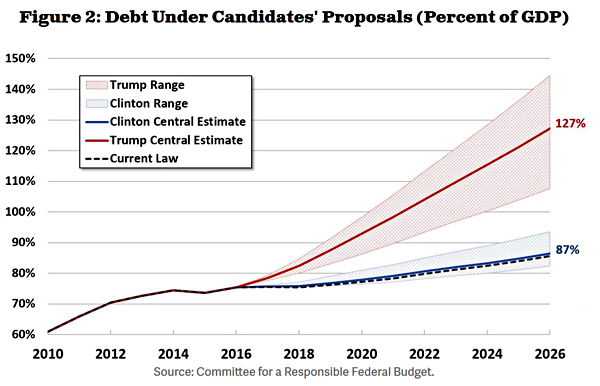The first 100 days of the Trump tenure have been marked by great enthusiasm expended by the administration to little tangible effect. On his policy agenda there have been some important issues, such as winning support on replacing Obamacare, tax reform, the new fiscal year budget plan.
Considering the urgency and importance, the budget plan would be very likely his next policy target, which also helps us to figure out Trump’s policy direction and use it as an indicator of his administrative ability.
On May 23, Trump formally released his 2018 fiscal year plan. The details of this $4.1 trillion budget are in keeping with his promise to put America First. Trump budget proposes to increase the input on the defense, border security spending and infrastructure investment, including an increase in military spending of 10 percent and spending more than $2.6 billion for border security.

To compensate, Trump’s plan contains reducing nearly a third of the funding for diplomacy and foreign aid including global health and food aid, peacekeeping and other forms of non-military foreign involvement. Over the next 10 years, Trump administration proposes to eliminate nearly $1.6 billion in international programs aimed at promoting green energy and fighting global warming. Funding for international peacekeeping would fall to about $1.5 billion, a cut of over 50 percent from 2017 levels. In all, the Trump proposal cuts about 32 percent of US diplomacy and aid budgets, nearly $19 billion. The 2018 budget plan shows the US wants to shrug off its world responsibility.
Trump’s first budget is the funding basis for his next year’s political ambitions. If he wants to implement those ambitions, Trump has to make sure most of his budget plan gets passed. Whether the Congress and the public buy his budget story will determine the future of Trump’s budget plan. Till now, the reaction of the parties to the release of the details is pessimistic as a whole.
Criticisms claim that Trump didn’t clarify all the pros and cons, and even double calculates the benefits. Trump insisted his budget proposal shows the merits of cutting taxes on businesses and consumers, which will produce faster growth. By the end of the decade, he says, the federal budget could achieve balance. But observers doubt it. Legislators on Capitol Hill worry that if they allow Trump to increase fiscal expenditure, the revenues he promised are mere flowers in the mirror, and the outcome will be an out-of-control fiscal deficit and general debt. From that perspective, Trump’s plan is a poor recipe for long-term prosperity.
One obvious flaw in Trump’s budget plan is that it’s based on the forecast that the U.S. GDP is expected to grow at 2.3% in 2017, 2.3% in 2018 and so on until GDP plateaus at 3.0% in 2020 and remains there until the end of calendar 2027. What this means is that the White House is assuming the expansion that started in June 2009 will last at least until December 2027, or an absolutely unprecedented 222 consecutive months of expansion, because of the administration’s tax cuts and perhaps also its deregulation process. As we all know, this would be a miracle.
Another big flaw is that Trump’s proposal foresees selling half of the U.S. emergency oil stockpile, created in 1975 after the Arab oil embargo caused fears of price spikes. Trump’s 2018 budget estimates that would generate roughly $16.6 billion over the next decade. Currently, the world oil price is fluctuating at a lower level. OPEC and other oil producers appear set to extend production cuts in an effort to shore up prices. Seen from the perspective of supply-and-demand economics, this is a sort of oversupply. Under this situation, selling US oil stockpile only deteriorates the oversupply. It’s really hard to believe that Trump’s company business team, a point of pride for Trump, would think it is a rational action.
The accounting error should have been avoided out of basic business instinct. “It appears to be the most egregious accounting error in a presidential budget in the nearly 40 years I have been tracking them,” Larry Summers, Harvard professor and economist, wrote in the Washington Post. If the error is caused by the extreme optimism, it is understandable. But if it is an administration attempt to misguide the public and Capitol Hill, it is unacceptable and very dangerous.
Obviously, Trump’s 2018 fiscal year budget is not a flawless plan. But his poor quality indicates not only the technical errors, but that Trump hasn’t shortened his learning curve, and his Cabinet secretaries aren’t working collaboratively and efficiently. There is still a lot of room for Trump’s administrative ability to improve.
While legislation history suggests the Congress would finally allocate the funds the White House wants, the relationship between Trump and Capitol Hill will shape the extent of budget modifications.
Now the relationship is very tense. The White House is paddling through the mud of the allegations of Russian meddling in the 2016 US election. The cracks within the Republican Party are widening on this issue. Following this bumpy legislation road, what Trump finally gets is probably a dramatically modified budget plan or an interim short-term budget arrangement. Either way, his administrative space would be limited.

